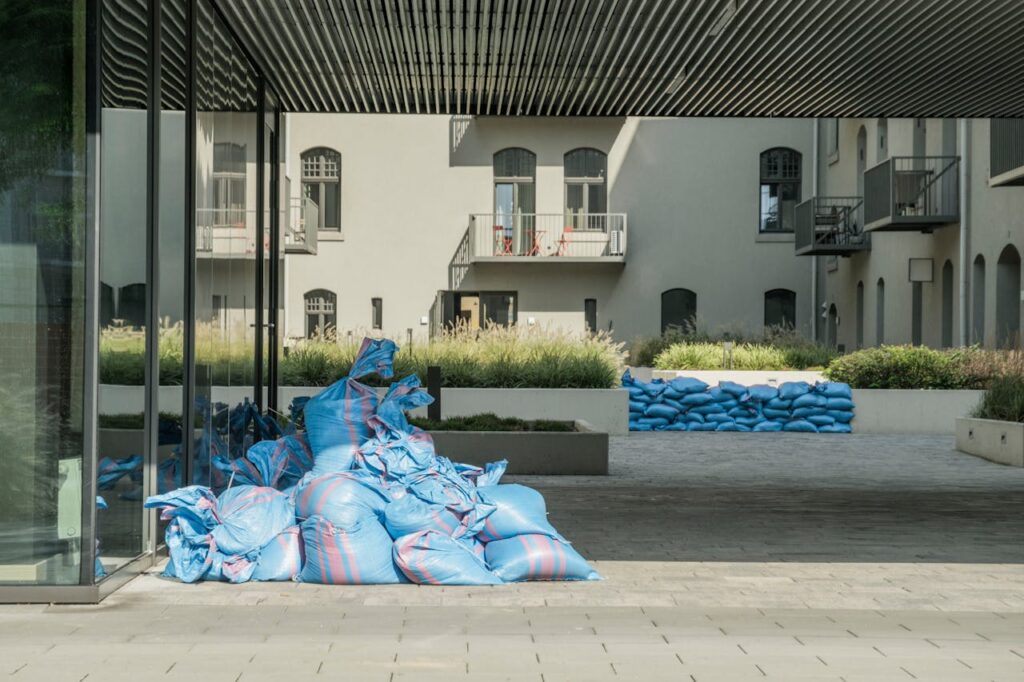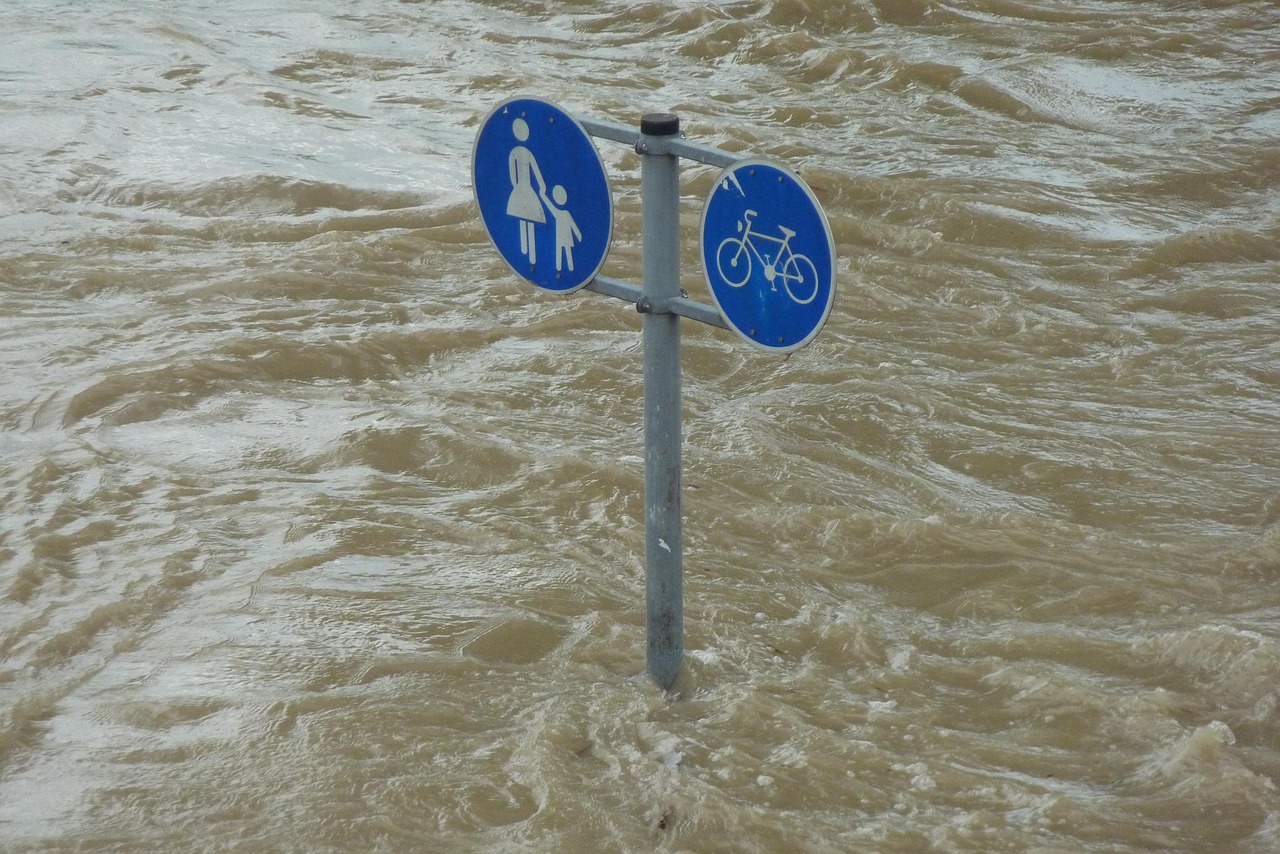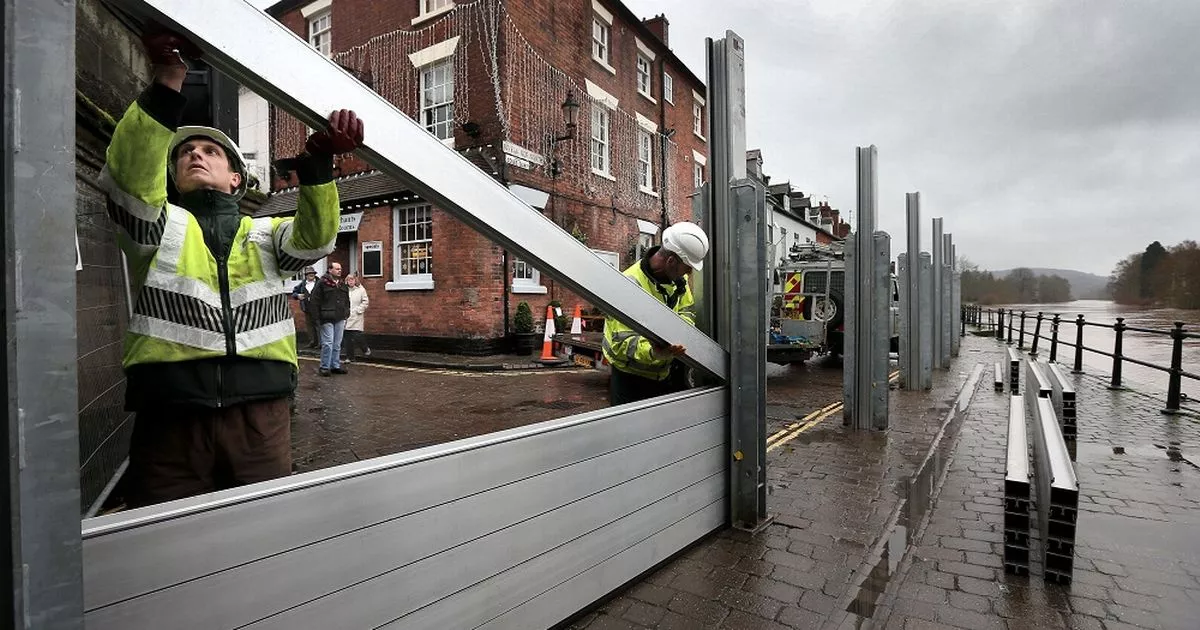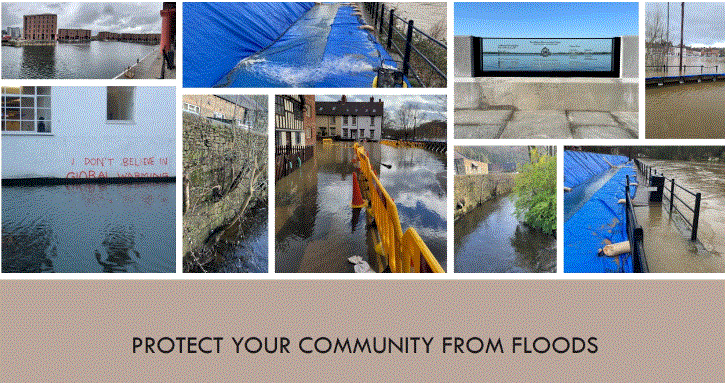Floods can have devastating impacts on communities. From damaged homes and businesses to disrupted lives and livelihoods, the effects can be both emotionally and financially draining. For property owners living in flood-prone regions, finding practical ways to reduce the risk is more important than ever. That’s where flood barriers come in. These clever devices can be one of the most effective tools in your flood protection toolkit. But with so many options available, how do you know which is right for you?
This blog explains flood barriers, why they matter, and how to choose the right solution for your property.
What Are Flood Barriers?
A flood barrier is a physical structure designed to stop or slow the flow of water into a property or area during a flood. It acts as a shield, helping to keep water out before it can cause serious damage. Flood barriers are used in a wide range of settings, from residential homes and commercial properties to critical infrastructure like hospitals and power stations.
There are generally two main categories of flood barriers: temporary and permanent. Temporary barriers are deployed when a flood is imminent. Permanent barriers, on the other hand, are built into or around a property and are always in place, ready to spring into action when needed.
Why Flood Barriers Matter
Flood barriers aren’t just about keeping your premises dry. They play a key role in a comprehensive flood resilience plan.
Here’s why they’re worth considering:
- Protect assets and infrastructure: Whether it’s your family home or business premises, a flood barrier can prevent costly damage to structures, stock, and equipment.
- Minimise downtime and recovery costs: The faster you can prevent water entry, the less time and money you’ll spend cleaning up afterwards.
- Support insurance and compliance: Some insurers may offer better terms if you’ve taken steps to reduce risk, and flood barriers can help you comply with local council or regulatory guidelines.
- Complement other strategies: Flood barriers work well alongside Flood Emergency Response Plans (FERPs) and early warning systems to create a layered defence.
Types of Flood Barriers
Flood barriers come in many shapes and sizes. Choosing the right type depends on your needs, budget, and risk profile.
-
Temporary Flood Barriers
Temporary flood barriers are quick to deploy and great for short-term or emergency use. Popular options include:
- Water-filled barriers: These are flexible tubes filled with water to create a dam-like effect. Easy to store and transport.
- Sandbags: The old faithful method. While cost-effective, they can be labour-intensive to deploy and dispose of, and rarely work unless assembled by professionals.
- Portable flood gates and shields: Lightweight, reusable barriers that can be quickly installed across doorways and driveways.
These are ideal for areas with occasional flooding or where permanent changes to the property aren’t possible.
-
Permanent Flood Barriers
For properties in high-risk areas, permanent flood barriers offer more robust and reliable protection. Common types include:
- Flood walls and levees: These can surround a property or specific area to block water flow.
- Automatic self-rising barriers: These barriers remain hidden underground and automatically rise when floodwaters reach a certain level.
- Building-integrated solutions: Think flood-resistant doors, windows, and vents that form part of the building’s structure.
Permanent barriers require more investment but can offer peace of mind, especially for critical facilities or flood-prone businesses.
-
Demountable Flood Barriers
Demountable barriers are a hybrid approach that features fixed brackets or channels where panels can be installed quickly in the event of a flood.
These are ideal for:
- Heritage buildings where permanent structures may not be allowed
- Mixed-use or flexible spaces like car parks or event venues
They strike a good balance between aesthetics and functionality.
How to Choose the Right Flood Barrier
Selecting the best flood barrier for your property isn’t always straightforward. Here are some things to consider:
- Assess your flood risk: How often do floods occur in your area? What’s the typical water level?
- Identify water entry points: These could be doors, garages, vents, or even drainage systems.
- Type of property: Residential homes may have different needs than commercial or industrial sites.
- Installation and maintenance: Some systems require regular checks or seasonal deployment, while others are more “set and forget.”
- Budget: Pricing varies widely, so it’s important to weigh upfront costs against long-term value.
A tailored approach is often best, especially when your safety and property are on the line.
Integrating Barriers into a Broader Flood Protection Strategy
A flood barrier is a strong first step, but it’s most effective when combined with other protection strategies.
Consider integrating your barrier system with the following:
- Flood Emergency Response Plans (FERPs): Have a clear plan for what to do before, during, and after a flood.
- Early warning systems: Technology like flood alarms can give you time to activate defences.
- Property-level improvements: You can raise power outlets, install backflow valves, or waterproof lower walls.
Working with an independent flood consultant, like iREACT Consulting, can help you develop a complete solution that fits your needs without pushing products.
Conclusion
As the frequency and severity of flooding increase across many parts of Australia, protecting your property is no longer optional. Flood barriers come in all forms, from temporary sandbags to high-tech automatic defences. Choosing the right one depends on your risk, property type, and how prepared you want to be.
Remember, flood protection is never one-size-fits-all. That’s why working with iREACT Consulting can make all the difference. Call (+61) 433 634 344 and get tailored advice on which flood barrier is right for you.






